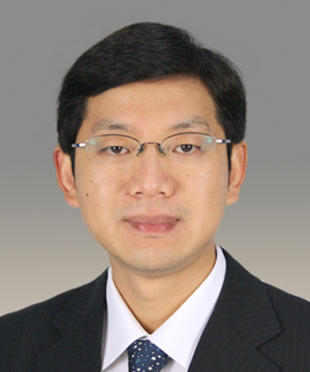-
59浏览
-
0点赞
-
0收藏
-
0分享
-
398下载
-
0评论
-
引用
期刊论文
A study on flow characteristics of electrorheological fluid in a damper model
Computer-Aided Engineering and Software Vol. 26 No.4, 2009 pp. 375-399,-0001,():
Purpose-The purpose of this paper is to investigate flow behavior of electrorheological (ER) fluid in a closed piston-cylinder system. Design/methodology/approach -A basic study of flow characteristics of ER fluid in a damper model is conducted experimentally and numerically. The electric field is applied between inner wall of the cylinder and outer wall of the piston, and the pressure difference between upper and lower chamber of the cylinder is measured. A numerical prediction of ER fluid flow in the damper model system is performed in order to study the ER fluid flow characteristics. Visualization experiment isalso made and used to qualitatively verify the numerical formulation. Findings -The agreement between the numerical predictions and experimental results is encouraging, and the ER fluid flow patterns under different piston aspect ratios, movement speeds and applied electric field strengths are presented. The results show that the piston aspect ratio has much smaller influence on the ER flow pattern than other influencing factors. Increasing piston movement speed or reducing the electric field applied is helpful to reduce the pressure response time period, which is an important indicator showing sensitiveness of the damper. It is also seen that the pressure difference between the upper and lower chamber of the cylinder increases with the electric field strength and the piston movement speed. Originality/value -First time the detailed investigation into the hydrodynamics behavior in such working models of neering applications for ER fluid.
【免责声明】以下全部内容由[张信荣]上传于[2010年10月28日 10时27分44秒],版权归原创者所有。本文仅代表作者本人观点,与本网站无关。本网站对文中陈述、观点判断保持中立,不对所包含内容的准确性、可靠性或完整性提供任何明示或暗示的保证。请读者仅作参考,并请自行承担全部责任。
本学者其他成果
同领域成果

 提示
提示

